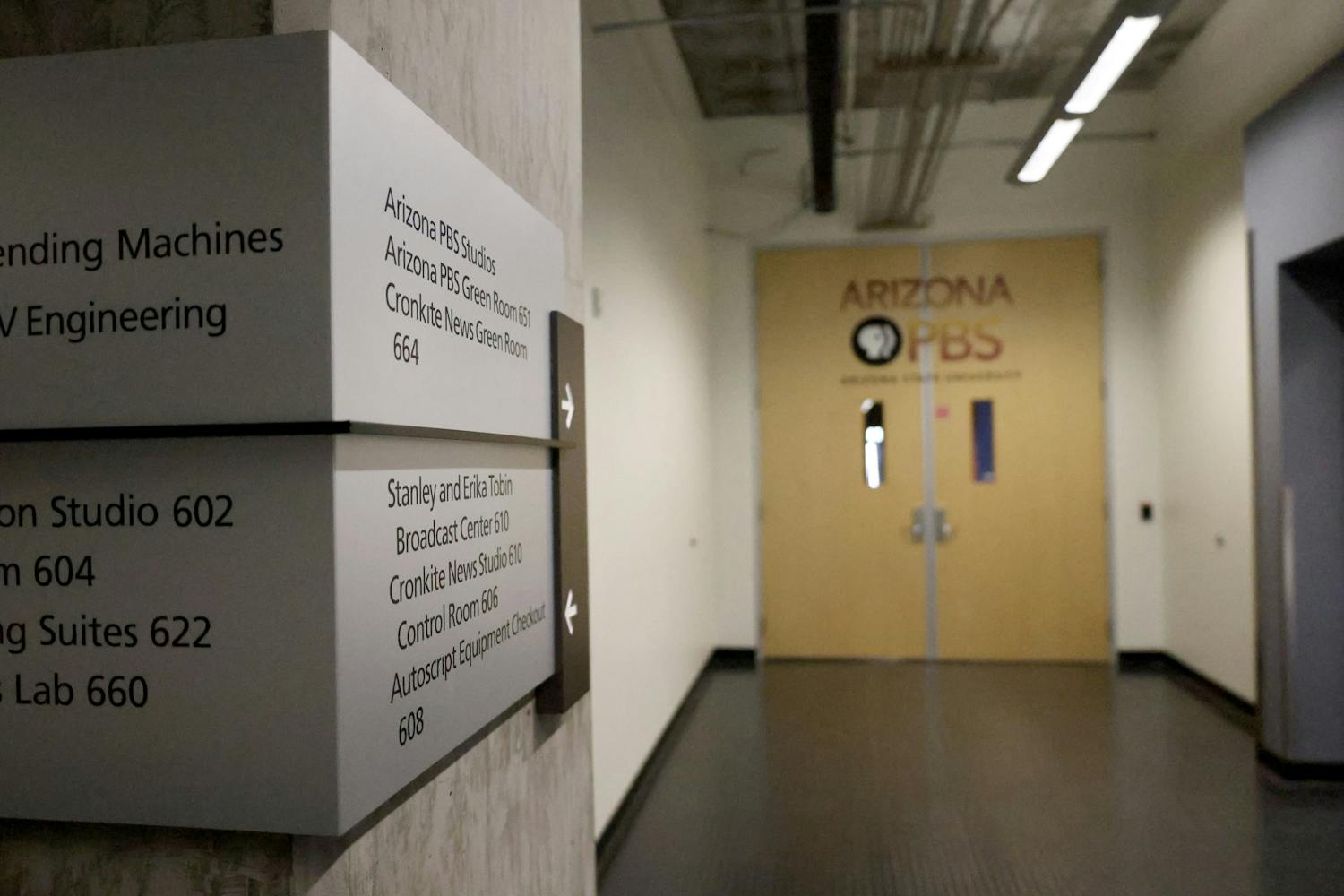A record percentage of students are borrowing money to pay for their educations, a new study released by the Pew Research Center shows.
The study shows in 2012, 69 percent of students had taken out some sort of loan.
The study also showed that the typical amount of debt for graduates in 2012 was more than double the amount 20 years ago, for the 1992-93 school year. In 2012, the median amount borrowed was $26,885, compared to the 1992 median of $12,434 borrowed. The study states the dollar amounts were adjusted to take inflation into account.
Still, some students can manage to avoid debt by being strategic about finances, including savings accounts and financial aid.
Chemical engineering junior Yousf Ali said managing his own money and a scholarship to study abroad in the U.S. are the reasons that he can afford to go to ASU. He received a full-ride scholarship to pay for his education, which allowed him to travel to the U.S. and pursue a degree.
“That’s the only way that I can afford this,” Ali said.
According to the study, borrowing money among students who have college-educated parents also increased. In 2012, 61 percent of students whose parents graduated from college took out loans to pay for it. This is double the amount of students with educated parents who borrowed money 20 years ago.
The demographic that grew the most was students that come from the highest income families. This study qualified highest income as a family that makes more than $125,700 annually. In 2012, half of all students in this income bracket borrowed money to pay for school, more than double the amount of 24 percent in 1992.
Student borrowing levels in other income brackets also increased. In the lowest income group, categorized as households that make less than $44,000 annually, 77 percent of students borrowed money. This is an increase of 10 percentage points from 1992, research shows.
Global health senior Sarah Strem said she will graduate with debt but is confident about her financial future. She said the loan in combination with help from her parents gives her some stability to get an education with a manageable amount of debt.
“I didn’t qualify for any financial aid,” Strem said. “So I had to apply for a small loan. I will owe about $6,000 when I graduate. My parents pay for most of my costs out of their pockets.”
Family and human development junior Cendy Salgado said she does not have any debt, but worries that she may need to take out loans in the future.
“Right now I am pretty comfortable, because I have enough scholarship money to get me through my undergrad,” Salgado said. “So I’m not worried right now, but I think I might have to borrow money in the future to pay for my masters.”
While Salgado has been able to manage her money relatively easily with her scholarships, she said when the money runs out, she will need to evaluate her situation.
“I don’t have much of a financial plan now, but I really should,” she said.
Reach the reporter at cvanek@asu.edu or follow her on Twitter @CorinaVanek
Like The State Press on Facebook and follow @statepress on Twitter.





